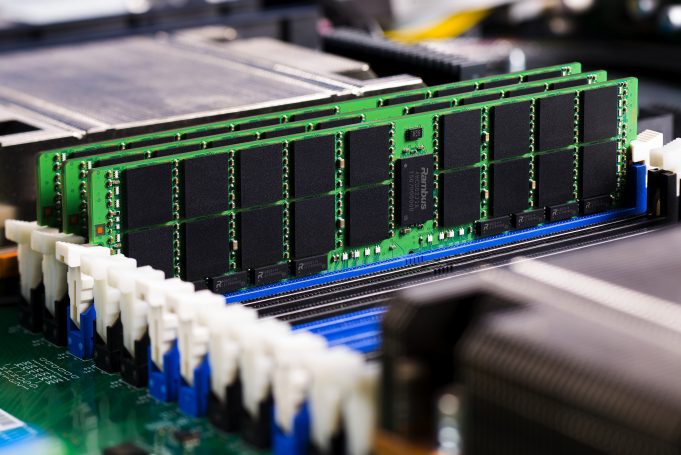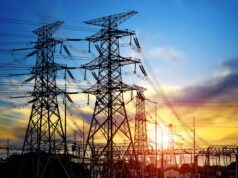Server performance is something that is very important nowadays, especially since every business has its database stored on some kind of a server, whether a personal one or one provided by a company that’s being outsourced. How fast you can access the files will depend on how your server is performing, and that’s exactly what we’re here to talk about today.
Common misconceptions

A very common misconception amongst people that are not very tech-savvy is the fact that many of them think a server will perform better and run faster if it has more memory capacity. However, that is not true, and it doesn’t really matter if you have 10 terabytes of storage of just 1. This only affects how much data you can store on your server, and it has nothing to do with speed.
DDR3 vs. DDR4
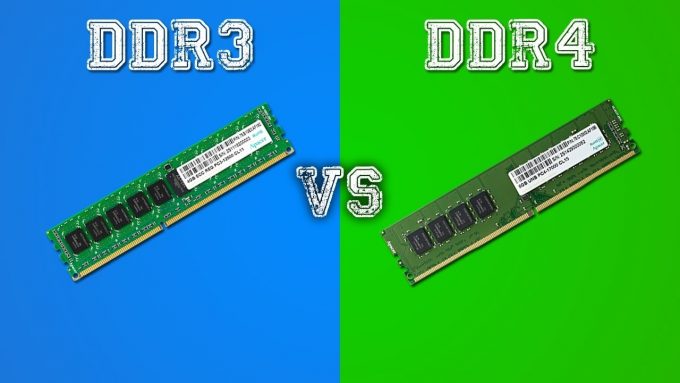
Now, this might sound a little bit confusing to some of you, but what the DDR3 and DDR4 terms are indicating is the speed of the Random Access Memory (RAM). Now, this has a lot to do with the speed at which your server performs, so if you are interested in learning more about it, feel free to click here.
Whenever you perform a task on your server, the CPU and the RAM are the two most important units that will decide how fast the task is going to be completed. Once again, the storage space has nothing to do with this.
Server memory vs. storage
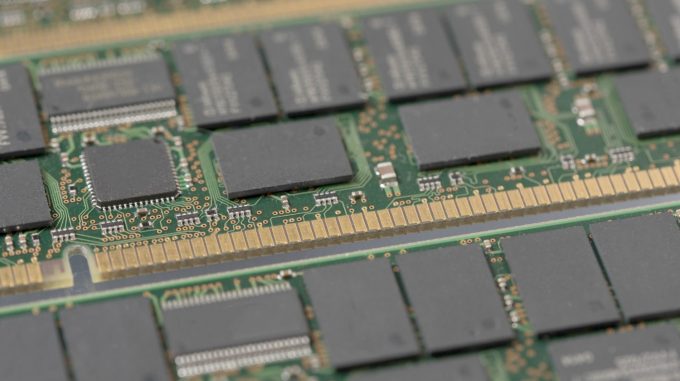
A very easy way to explain things is by comparing server memory to a person’s short-term memory, and storage to a person’s long-term memory. How fast you’re going to process things is affected by the RAM or the short-term memory of a real person, and how much information you can store for a long time, and use it sometimes in the future, is the job of the storage memory, or the long-term memory of a real person. It isn’t really complicated to understand it if you put it this way.
RAM, or the short-term memory, will lose all data if the electricity goes down. For example, if you open a word document and write a bunch of things in it, but you don’t press the save button, the information is still on the RAM and not on the storage memory (HDD or SSD). If you turn off your computer before pressing save, the entire word document will be lost. If you save, however, it will be transferred to the storage memory, and it will be there the next time you power up your computer.
How much storage memory do you need?
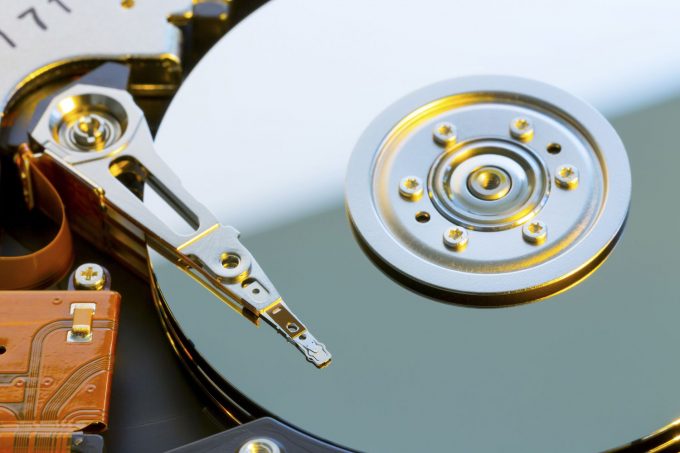
Depending on what you’re trying to save, the amount of storage memory that you need will vary a lot. If you are working with large files, such as film material that can sometimes be up to 500GB or more, you might need bigger storage space. If you are working with smaller files, but they are way too many, you might want to focus on buying a faster RAM and less storage space for optimal performance.

